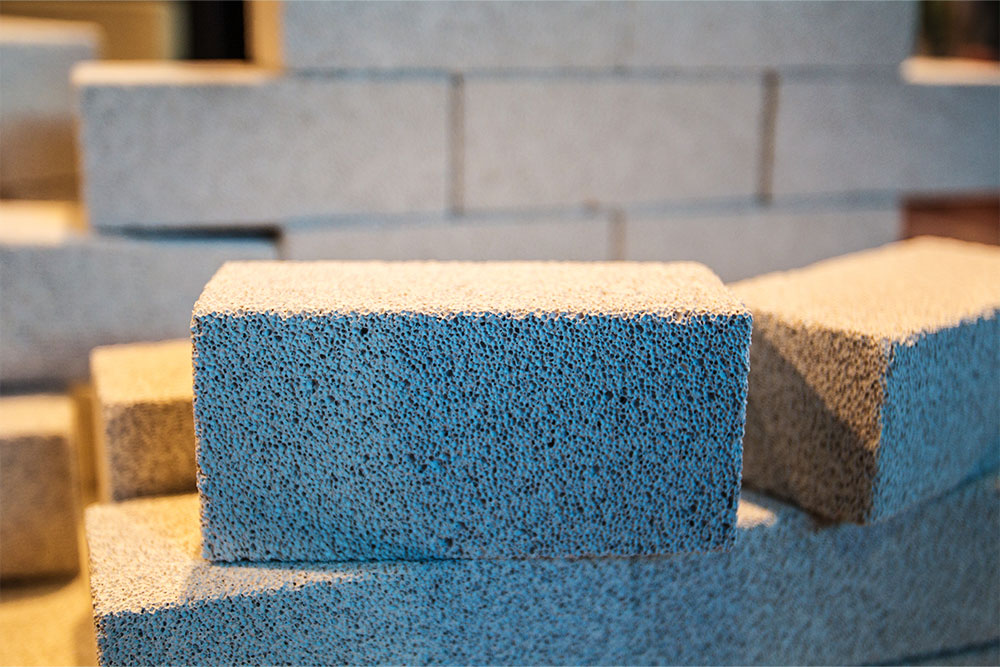
Asbestos in schools has been making the headlines recently, and rightly so. The once-dubbed ‘miracle mineral’ is now known as a silent killer and is present in most UK school buildings. Although the risk to students, teachers and school employees’ health is low, the threat remains.
This blog looks at the scale of the issue and whether anything has improved.
What is Asbestos?
Asbestos is a fibrous mineral. Due to its resistance to heat and corrosion, it makes a fantastic building material.
Aside from being widely used in the shipping and construction industry for many years, it was also found in many everyday items. Those sticky pads you used to find under your metal sink were asbestos. The artificial snow that dazzled in the film ‘Holiday Inn’ as Bing Crosby sings ‘White Christmas’ was asbestos.
At its peak, asbestos was found in over 3,000 products.
The trouble is asbestos is hazardous to human health. Exposure to asbestos fibres leads to mesothelioma, asbestosis and other lung cancers.
What is the Scale of Exposure in Schools?
A report commissioned by the Medical Research Council (MRC) found that more than 75% of the 33,600 schools in the UK contain asbestos.
Looking into the lifetime asbestos exposures of children during their time at school, the report found that everyday atmospheric asbestos fibre levels in our schools are 5 to 500 times higher than outdoor levels. It concluded, “Children attending schools built prior to 1975 are likely to have inhaled around 3 million respirable asbestos fibres.”
Astonishingly, a 2021 Joint Union Asbestos Committee report estimated that from 1980 to 2017, between 3,890 and 9,000 adults died of mesothelioma from asbestos exposure while they were children at school.
Many of us assume that asbestos is a thing of the past. But it isn’t. Asbestos exposure is still the most significant work-related killer in the UK. The latency period of an asbestos-related condition is 15-60 years. This means those exposed decades ago may not have experienced symptoms yet.
Risks of Asbestos Exposure in Schools
Those at the highest risk of exposure are school caretakers, maintenance workers and contractors, such as electricians, who work in the school building. All that drilling and fixing can disturb asbestos-containing materials (ACMs), causing a release of toxic fibres.
Students and teachers can also come into contact with asbestos fibres while performing simple tasks, such as pinning work to insulation boards or ceiling tiles.
How Did Asbestos Get Into Schools?
ACMs were widely used in the construction of schools and public buildings until 1999 when their use was banned in the UK. Many schools built or refurbished before this period most likely still contain many ACMs.
Additionally, from 1945 to 1980, many pre-fabricated school buildings popped up nationwide. They were known as ‘system-built’ structures. They were built in factories, assembled on-site and contained significant amounts of ACMs.
Where Was Asbestos Used in Schools?
Asbestos-containing materials were used in many ways when constructing and fitting out schools. Here are some examples:
- Asbestos-insulating board (AIB) used for fire protection
- Lagging on pipes and boilers to increase insulation
- Sprayed asbestos used for fire protection, insulation, ducts and partitioning
- Floor tiles
- Ceiling tiles
- Textured wall coatings
- Cement guttering and roofing

Who is Responsible for Managing Asbestos in UK Schools?
Regulation 4 of the Control of Asbestos Regulations puts the responsibility for managing asbestos on a ‘duty holder’. In most cases, the duty holder in a school is the employer. The employer varies, depending on the type of school.
In state schools, the employer is the local authority. Academies and free schools will come under the Academy Trust. And for independent schools, the employer may be the proprietor, school governors, or trustees.
What Does the ‘Duty Holder’ Have to Do?
The duty holder has several responsibilities, including:
- Maintaining an up-to-date record of the condition and location of ACMs in the school
- Carrying out an asbestos risk assessment
- Managing the risks of exposure to ACMs
- Putting a plan together and taking action
- Informing anyone who may be exposed to the location and condition of ACMs
- Providing asbestos awareness training
What Has Been Done So Far?
Current government policy is to leave undamaged asbestos alone, if it’s in good condition, and to manage it for the duration of the school building’s life. Some schools have effective asbestos management systems, but most do not. In fact, around 20% of schools are not fulfilling their duty to manage ACMs in their buildings.
In 2022, the Work and Pension Select Committee placed a call to action on all UK political parties to take on recommendations made by the Committee on asbestos management. These recommendations included the introduction of a 40-year deadline for removing asbestos from non-domestic buildings, including schools.
But with government guidance as it is, most duty holders will opt to manage rather than remove asbestos altogether. It’s a huge task to remove asbestos, not to mention time intensive and costly.
But with the level of risk, asbestos in schools needs attention and investment.
What Can You Do at Your School?
Besides having an effective removal or management programme, employers can offer training and information to those at risk of exposure. By delivering training, you reduce the likelihood of teachers and school staff accidentally disturbing asbestos in the school setting.
Informing contractors about the location and condition of ACMs will allow them to plan their work accordingly. Doing so keeps themselves and everyone else within the school safe.
Asbestos and Reinforced Autoclaved Aerated Concrete (RAAC)
Asbestos management has been complicated recently by emerging safety concerns about the use of reinforced autoclaved aerated concrete (RAAC) in schools.

RAAC is another building material that was once widely used in school construction due to its attractive properties. It’s considerably lighter than traditional concrete, so it presents a cheaper and easier-to-install alternative. This was particularly attractive post WWII when there was a need to rebuild the nation’s infrastructure as quickly and cheaply as possible.
Similar to asbestos, however, it’s since been confirmed that RAAC is unsafe. RAAC is lighter than other concrete because it’s filled with air pockets. When exposed to water, these air pockets allow moisture to seep into the material, significantly weakening it and increasing the possibility it will collapse.
Schools that contain RAAC in poor condition require remedial work to fix the issue and prevent structural damage. But since RAAC is often used in walls and roofs where it’s likely ACMs will also be found, any repair work risks disturbing asbestos. Unfortunately, this means that schools potentially face additional asbestos risks when trying to handle problems caused by crumbling RAAC.
Increase Your Asbestos Knowledge
Knowing what asbestos is, the risks it poses and how to manage it is the first step in ensuring your premises are safe places to be in. Our Asbestos Awareness training course covers all of this and more.
You’ll learn how to identify asbestos, its properties, the harm it can cause, the different types of asbestos surveys, and the importance of asbestos risk assessments.
Asbestos will be around for many more years to come, but learning how to best manage its existence will significantly reduce its ability to cause harm to your pupils and employees.
About the author(s)






















































































































































































































































































































































































































































































































































